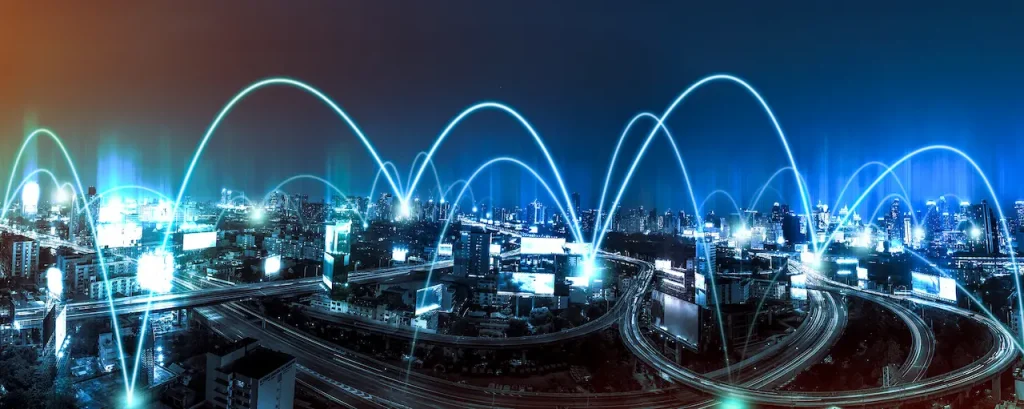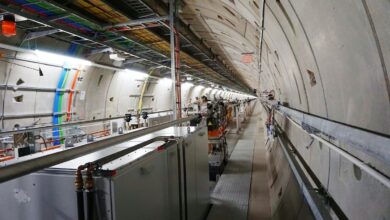The Role of AI and Video Analytics
The Role of AI and Video Analytics in Sustainable Architecture
With an increasing emphasis on sustainability in all sectors and industries, architecture, a continually evolving combination of science and art, has taken a starring role as it naturally looks to the future. The concept of sustainable architecture is dedicated to reducing the environmental impact of building projects on the environments that host them and it is this goal that is driving the use of new technology to achieve sustainability with new constructions.

What Is Sustainable Architecture?
Sustainable architecture focuses on the design and construction of building projects that reduce the waste of materials and energy while increasing efficiency. The ultimate goal is to minimize the environmental impact of the construction itself and during the building’s permanence in the environment that hosts it.
Artificial Intelligence and Its Potential Impact on Sustainable Architecture
Technological advancements are driving society’s move to digitalization. Smart homes, access control, and improved security strategies are all possible thanks to improved technology. Sustainable architecture is also beneficial and features enhanced design procedures, better use of resources, cost-effectiveness, and better-performing buildings with a focus on monitoring and maintenance.
Artificial intelligence is no longer just science fiction. It is now a reality and an integral part of smart building technology used in numerous sectors such as education, finance, security, and architecture. AI includes automation, machine learning, adaptability, and the capability to make informed decisions.
The use of AI paired with video analytics in security strategies is emblematic of its potential. Ai recognizes anomalous behavior, or suspect objects using massive data analysis. The smart system then alerts security personnel before incidents take place. The same principles ring true when applied to architecture whether applying AI algorithms to calculations or data analysis. AI permits the analysis of vast amounts of data and precise calculations that contribute to creating better designs.
Role of AI and Video Analytics & AI Data Analysis
With the incredible amounts of data that can be processed and analyzed, AI offers insights for improved building construction and performance. AI software can recognize patterns and predict usage leading to increased energy efficiency during the designing of buildings long before construction begins.
The optimization of resource usage that improves a building’s efficiency is one of the significant benefits that AI can bring to sustainable architecture. The capabilities of AI to analyze vast amounts of data in real-time speed processes along and may include insights and factors that even the best architects might miss or overlook. Analysis capabilities aid in reducing waste, improving more efficient and cost-effective use of materials, and ultimately achieving more sustainable buildings.
Role of AI and Video Analytics & AI Algorithm Application
The application of AI algorithms can create thousands of variations during architectural design processes. This permits architects to select the most efficient and thus sustainable options for a building project. These capabilities improve designing and planning by furnishing architects with the options that are best suited to the environment they are designing for.

AI Performance Monitoring
The role of AI in sustainable architecture does not end during the design and construction stages. Once construction is complete, AI can continue to monitor a building’s performance and suggest improvements that increase efficiency, particularly in energy consumption. Continuing building performance analysis contributes to continued sustainability for as long as the building is in use, rendering a sustainable building dynamic rather than a static structure.
Video Analytics
Video surveillance has existed for approximately fifty years and is generally used to monitor what happens in a specific location. Monitoring has been traditionally done by human operators, each with individual limitations. Now a video infrastructure complete with AI-driven video analytics software can furnish accurate analysis of immense volumes of information in real time.
The pairing of video analytics with AI and deep machine learning has revolutionized video analytic capabilities. Sustainable architecture can benefit from improved site, street, and aerial views of the hosting environment during the design stage as well as more accurate site surveying. This permits architectural designs to factor in environmental and climate considerations in support of building sustainability.
During the construction stage, video analytics can aid in recognizing potential issues, while optimizing construction programming and schedules for an improved use of resources. less waste, and increased overall sustainability.
In Conclusion
Ai and video analytics are transforming both the design and construction of buildings as well as their management. This technology is making a significant contribution to how we optimize processes, improve building safety and manage buildings. Architects and engineers can identify potential impediments to sustainability before project construction even begins. Algorithms can simulate thermal and lighting performance to maximize efficiency in energy consumption while video analytics collect high-resolution images at construction sites to detect potential problems, increase safety, and monitor progress while driving sustainable construction practices.
AI and video analytics can improve designs through the optimization of resource consumption and by prolonged and improved building performance by implementing monitoring systems. Undoubtedly AI systems can be expensive, requiring a significant investment as well as complex. This technology can also present security and privacy issues, however, the use of this technology in support of sustainable architecture offers the possibility of rendering buildings more efficient, more dynamic, and significantly more respectful of the environment.




